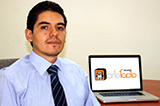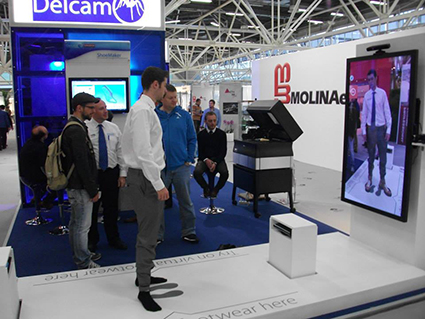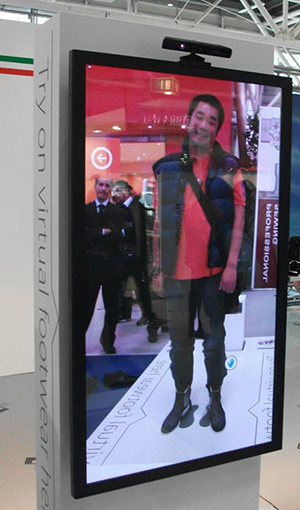 CUDA Spotlight: Néstor GómezBy Calisa Cole, posted Jan. 14, 2014  GPU-Accelerated Augmented RealityThis week's Spotlight is on Néstor Gómez, CEO of Artefacto Estudio in Mexico City. Artefacto Estudio is a developer of interactive applications and games. The company's projects include the creation of a Microsoft Kinect-based virtual shoe exhibit which allows people to "try on" different styles of shoes using augmented reality. This interview is part of the CUDA Spotlight Series. Q & A with Néstor GómezNVIDIA: Néstor, tell us a bit about Artefacto Estudio. NVIDIA: How did you become involved in the shoe industry? NVIDIA: Tell us about the prototype you created for Goertz. NVIDIA: What happened next?
NVIDIA: What role does GPU computing play in your work?
NVIDIA: In what ways do you leverage CUDA? Some of the image processing algorithms we are using are erosion, background removal, gaussian blur and connected component labeling. Other algorithms include finding the minimum and maximum, matrix multiplication, table look up, building a voxel and 3D connected component labeling. NVIDIA: What parts of your work are the most complex? NVIDIA: Why is CUDA important to you as a developer? Profiling is very good on CUDA and it allows us to find bottlenecks easily. One of our favorite tools is NVIDIA Nsight Visual Studio Edition, which enables us to debug our parallel code and profile the execution times of every part of the tracking algorithm. It's an excellent tool for debugging and optimization and it integrates well with Visual Studio. NVIDIA: What are the key challenges in your field? NVIDIA: What's the "next big thing" for your company? Bio for Néstor GómezI am CEO at Artefacto Estudio and a teacher at the Tecnologico de Monterrey. I love computer graphics and interactivity. I enjoy creating interactive experiences with new technology and amazing people with our creations at Artefacto Estudio. I have a Master's degree in Computer Science. Relevant Links Contact Info # # # |

